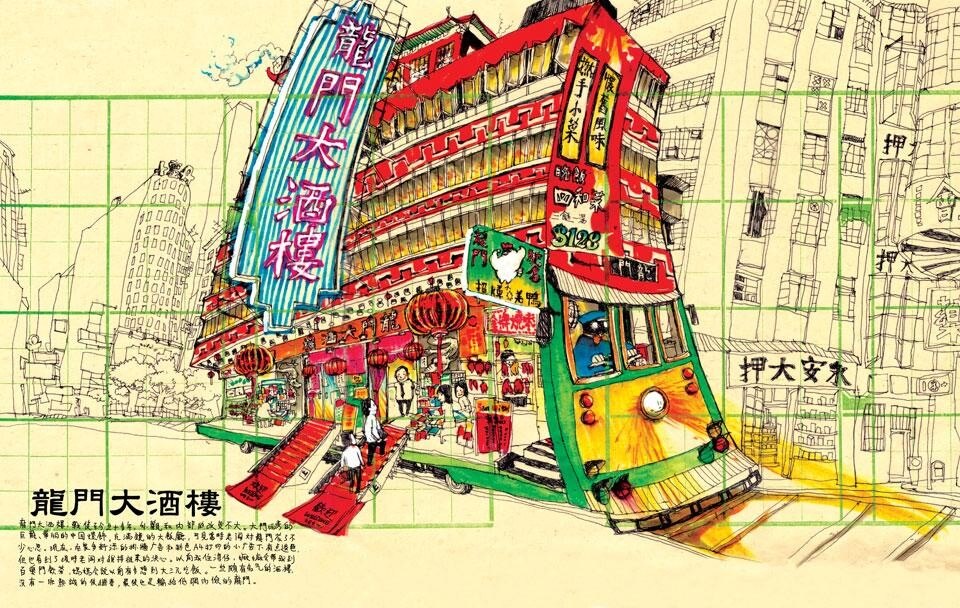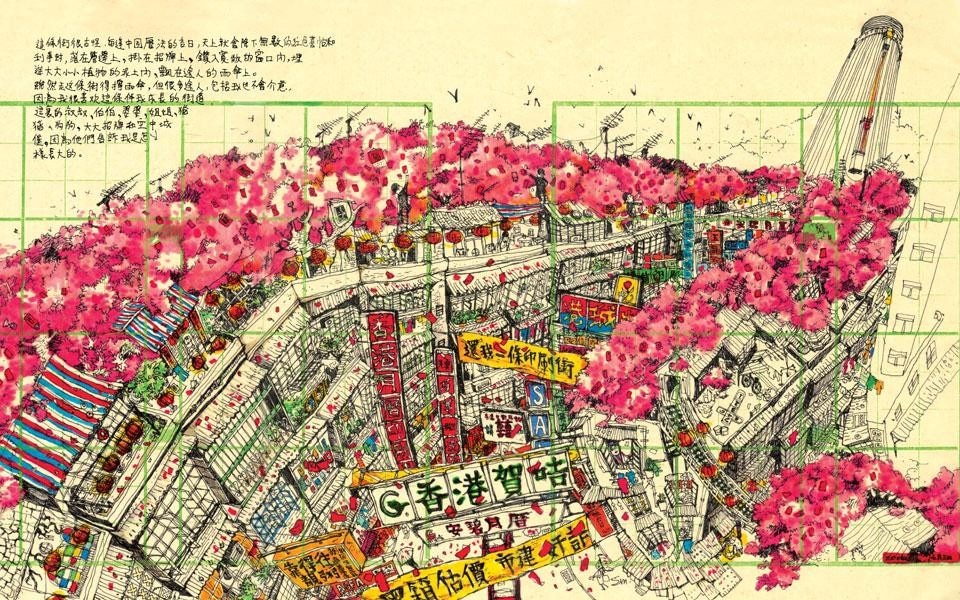In and around the 1950s, comics were to be found in department stores, cafes, bus stations and even in company canteens. In those years, when Mao Zedong had founded Greater China, comics had print runs of between 100,000 and a million copies but were a means of ideological and cultural education, as Umberto Eco wrote in an essay in 1971. The linguist had analysed their form, structure and content and saw them as a sort of low-class education handed down from above and produced in a pedagogical, propagandistic and paternalistic style.
So, what drives the Chinese people's silent pencils today, in the year of the Dragon, and what are they thinking? In 2012, China was a special guest at the Barcelona International Comic Fair and the Festival International de la Bande Dessinee in Angouleme; it was the focus of exhibitions at the Centre Pompidou and the Istituto Confucio, a permanent guest at the Cartoon Museum in Basel, the star of the "Chinese Islands" exhibition in Udine featuring works by 14 comics artists and the subject of the Canicola China anthology, published last May. Far removed from its original propaganda tool, China has discovered a new, young generation of comics artists that is seeking emancipation from censorship but wants also to reach the social roots of its problems.
We give an overview of the 9th Chinese art in Beijing and Hong Kong.
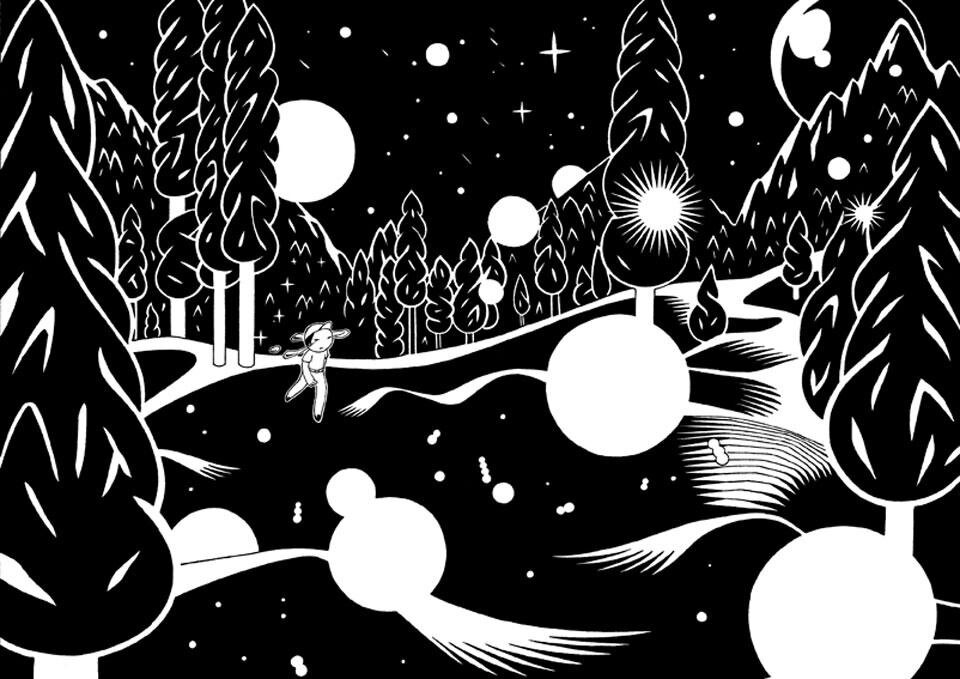
Japanese manga were all the vogue in the 1990s. Published and circulated all over China without government permission, they were withdrawn, causing a general sense of loss that prompted many comics artists to look outside China and their gaze also fell on European comics. This resulted in the birth of an independent type of comic, with its own style and life. Today's subjects are the crisis of modernity, the impact of mass media on public life, solitude, the industrial world, over-rapid Chinese growth and a lack of points of reference with the past. Highly imaginative and with hybrids and reveries of various kinds, they are undoubtedly appealing.
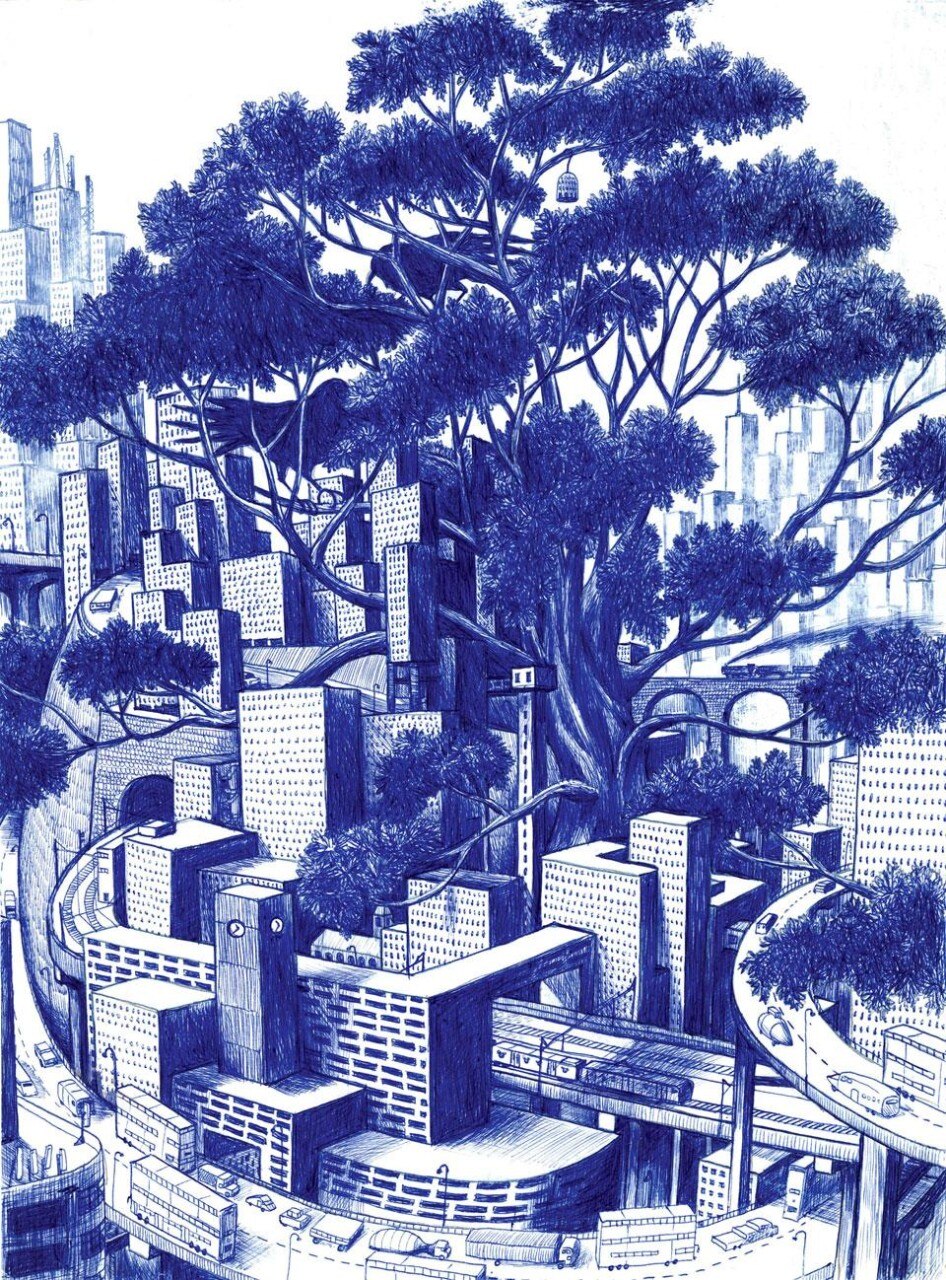
Increasing numbers of Chinese comics artists are taking one of the many applied-arts university courses in Beijing, Shanghai and Hong Kong
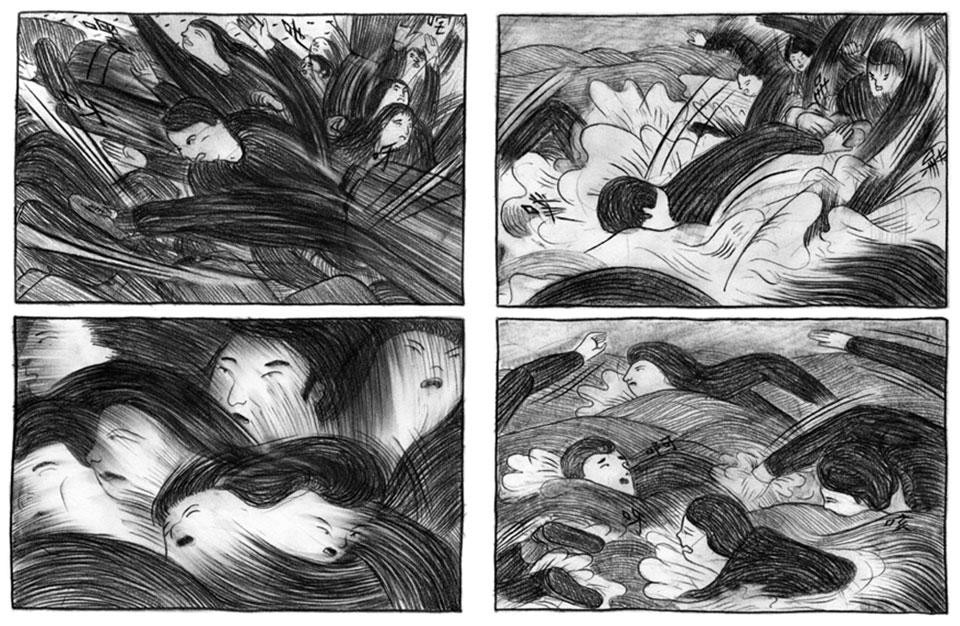
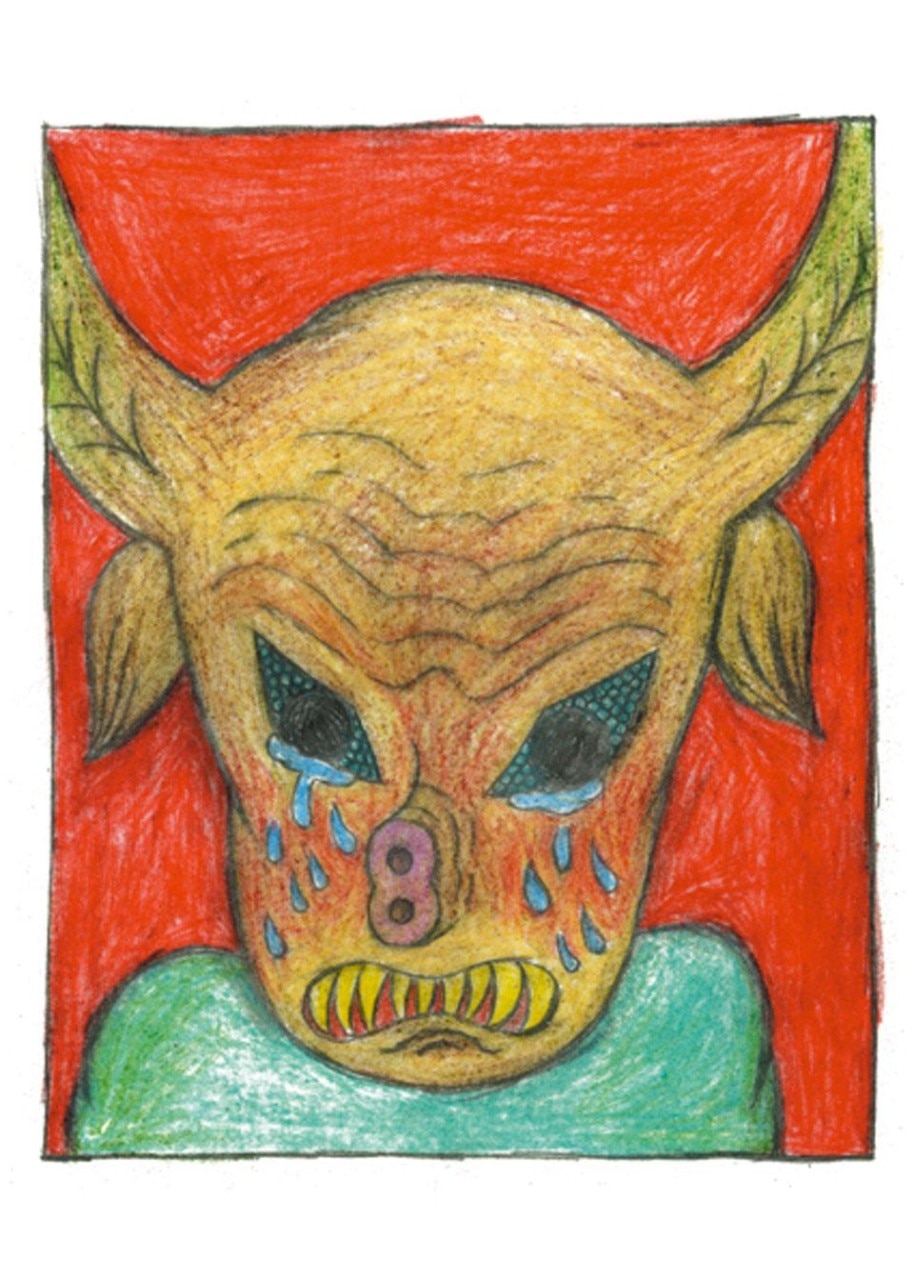
The Hong Kong comic appeared around the 1960s and is an ongoing tale of Kung Fu and gangster heroes. Initially indebted to nearby Japan, it has now developed its own independent form and its own place in the city centre — the Comix Homebase for love stories, sex and politics.
Shy Cuson Lo worked in advertising for nearly 20 years then, one morning, he woke up as a comics artist and has never looked back. Inspired by Japanese and French comics, he draws married life but mainly international political figures, from the Dalai Lama to Hong Kong's governor Leung Chun-Ying (called, indeed, a "closet Communist") passing via Berlusconi. "I publish on Facebook because it is the only democratic place available. Anyone can comment and be free to choose whether they like something or not."
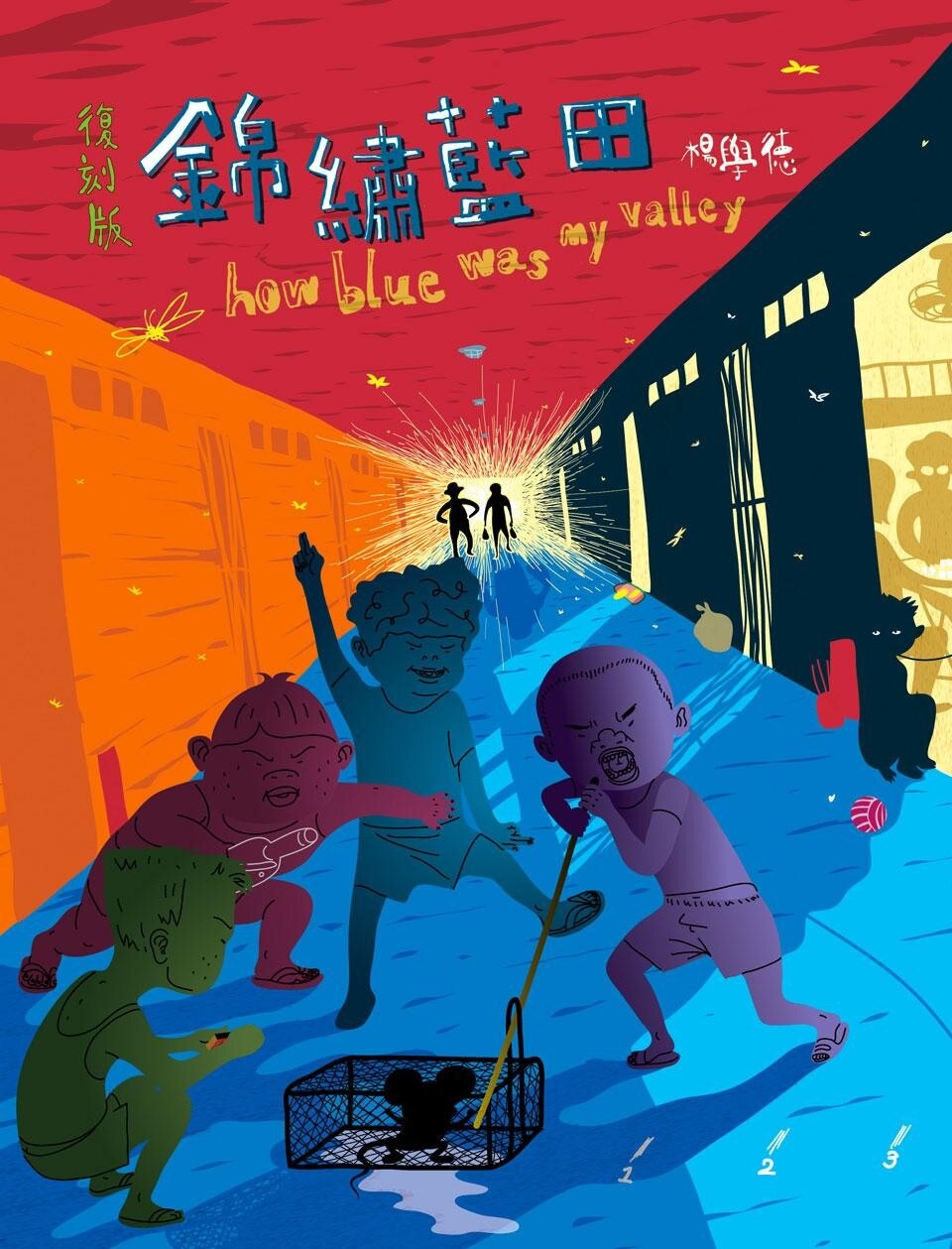
Born in 1970, Hok Tak Yeung grew up in Hong Kong where he also studied. In 1999, he started publishing comic strips for magazines and newspapers, some European, and has featured in exhibitions in Hong Kong, Taiwan, Japan, France and Switzerland. In 2002, he published how blue was my valley about his childhood. His experimental art radically changes the meaning of comic strips and he calls it a "wild beast" style, linked to politics.
